Machiya (町家) are traditional wooden row houses found throughout Japan. They’re literally townhouses — the word machiya is made up of the characters for “town” (machi 町) and house (ya 家). Machiya have existed in Japan for more than a thousand years, since at least the Heian period (794-1185), but their style has developed continuously though modern times.
Machiya are closely associated with artisans and merchants, who used them as both residences and places of business. Although their inhabitants were often wealthy, their facades are simple — in pre-modern Japan, merchants were forbidden by law from displaying any sign of prosperity or ostentation. Their narrow design also has roots in bygone laws. Taxes used to be levied on houses based on their frontage, so machiya owners built long dwellings that extended well back from the street.
Machiya can be divided into roughly three types. The first was designed to serve as a large shop, with a commercial space in the front and living space to the rear. Those machiya are usually written 町屋, with the second character meaning shop rather than house. The second type was purely for residential purposes, with a two-story dwelling being the basic style. The third type was designed to house businesses connected to weaving and the textile industry, with a workroom in the rear of the premises.
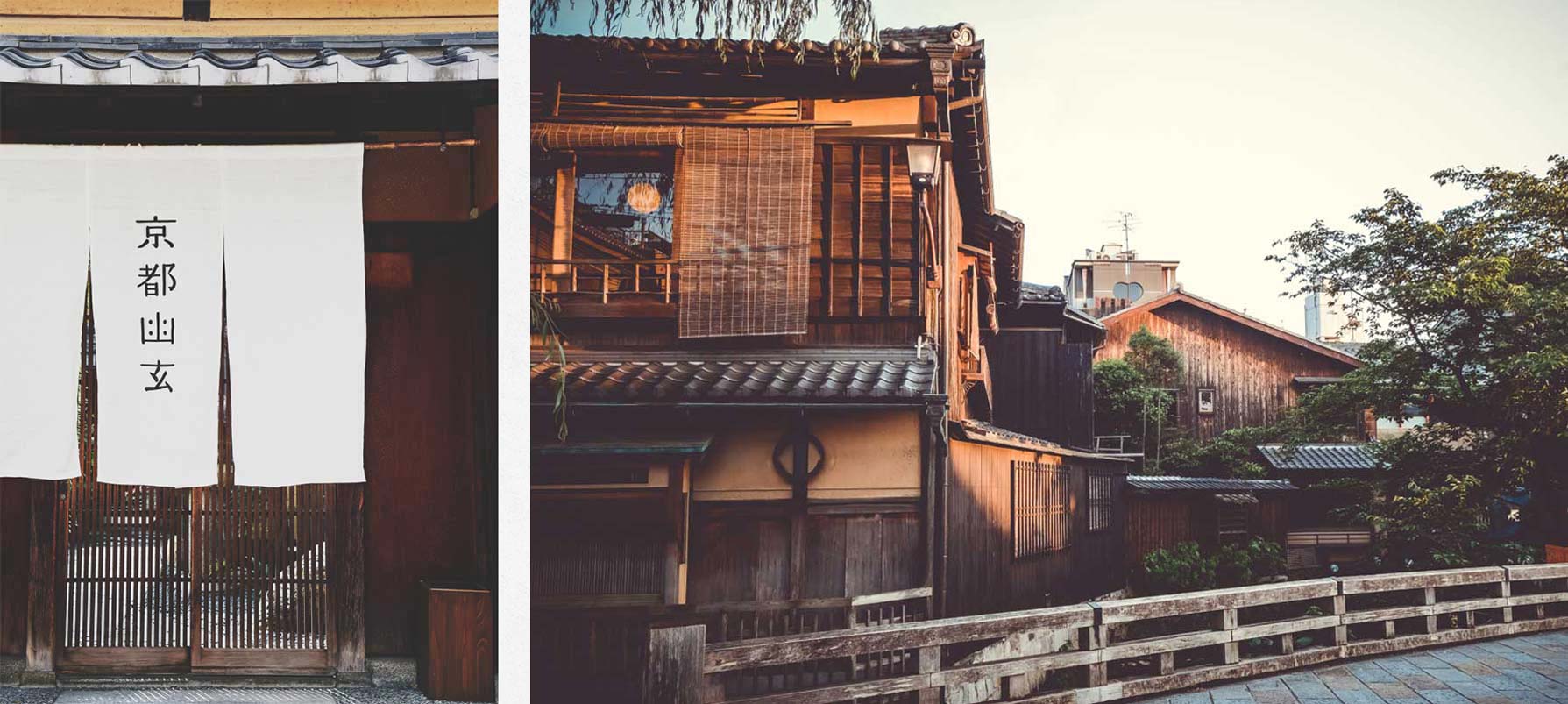
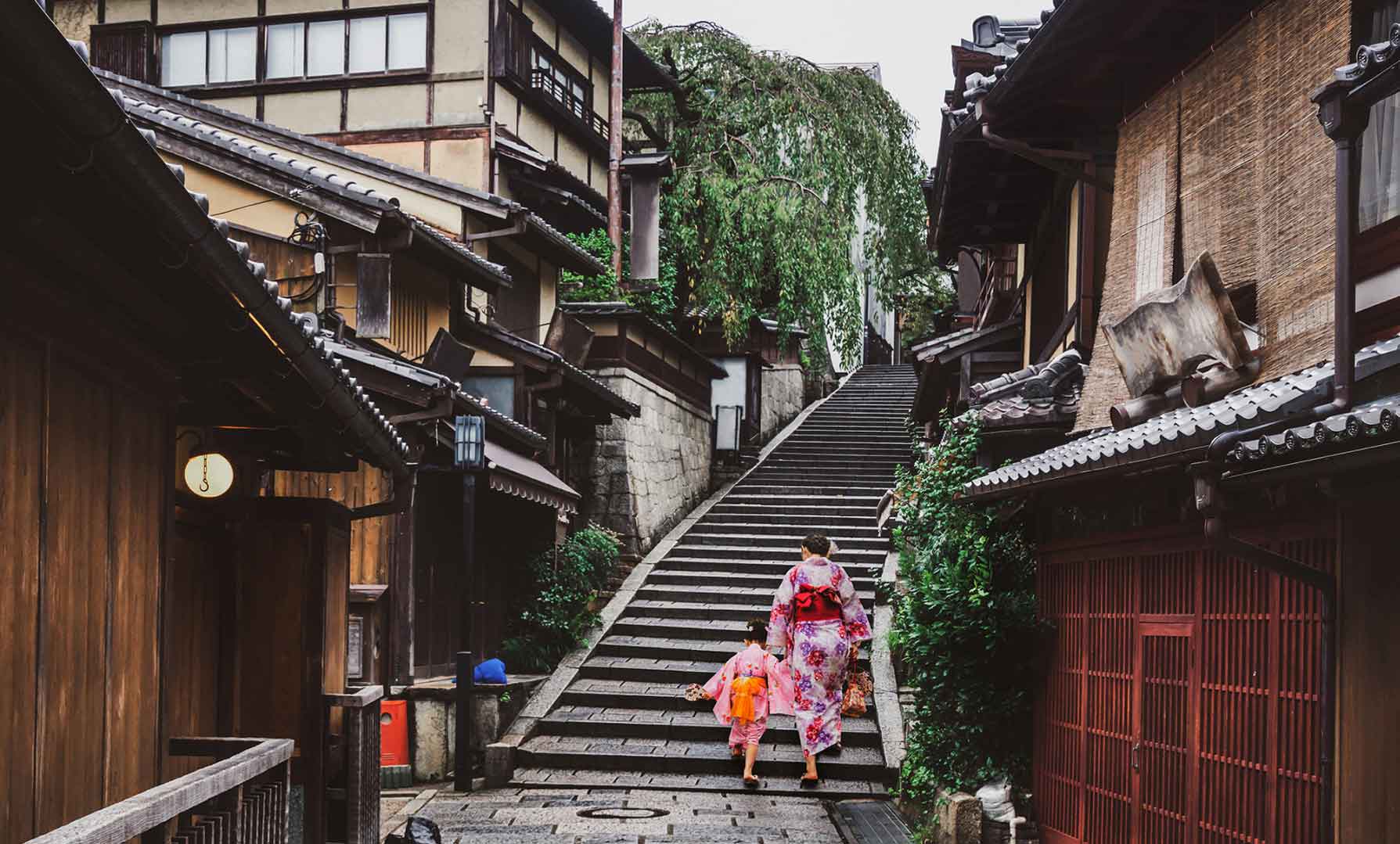
Machiya in Kyoto
Kyoto, Japan’s ancient capital, has always been the country’s machiya capital, too. The houses give downtown Kyoto its unique architectural atmosphere, and machiya designs have spread from the city throughout the Japanese archipelago. Kyoto’s machiya are often called kyomachiya (京町家), adding the first character of Kyoto to the word.
Beginning as commoners’ homes around the middle of the Heian period, the machiya of Kyoto have evolved through history. Most of the kyomachiya in existence today were built in the Meiji period (1868-1916), when Japan was opening itself to the modern world, with a style that follows on from the more traditional style of the Edo period.
A typical Kyoto machiya is a long wooden home with narrow street frontage, which stretches deep into the block and often contains a small courtyard garden. Machiya design is influenced by climate, in particular in Kyoto, which can be quite cold in winter and extremely hot and humid in the summer. Several layers of sliding doors are traditionally used to moderate the temperature inside the house. Closing all of them in the winter offers some protection from the cold, while opening them in the summer creates air flow and provides respite from the heat and humidity. The open-air garden courtyards likewise help with air circulation and bring light into the houses, which because they lack windows at the sides would otherwise be rather dark inside.
The front sides of machiya in Kyoto often feature so-called komayose, a wooden railing, and inu-yarai, a “dog barrier” made from curved bamboo. Originally, these barriers helped keep the houses from being soiled by dogs or splashed with mud from passing vehicles. They also served to stop beggars from sitting against the walls.
The windows of many machiya are covered by slatted wooden frames, which were fitted to provide some privacy from the street directly outside. There are various designs of latticework according to the type of premises. Other windows are usually covered by bamboo blinds.
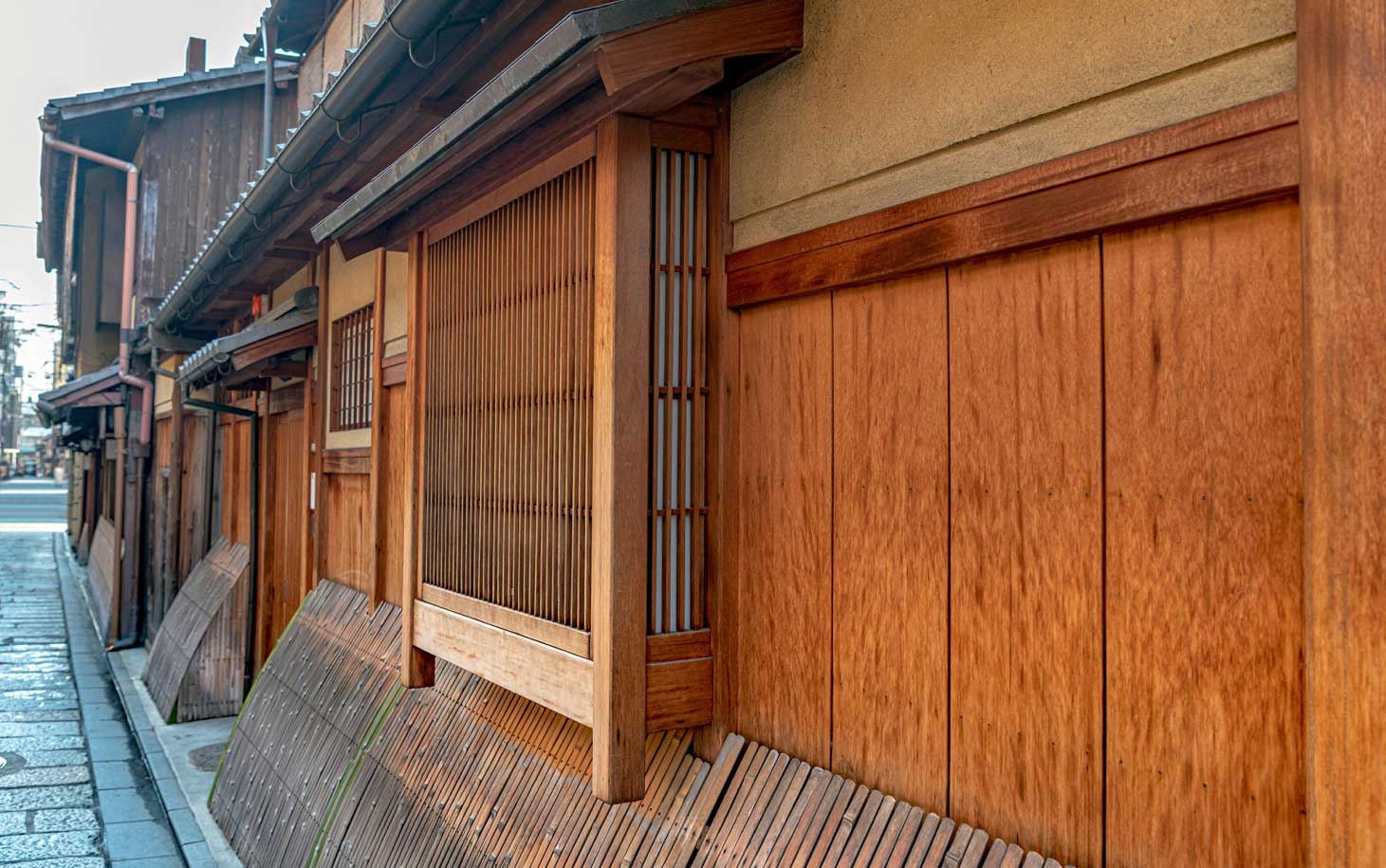
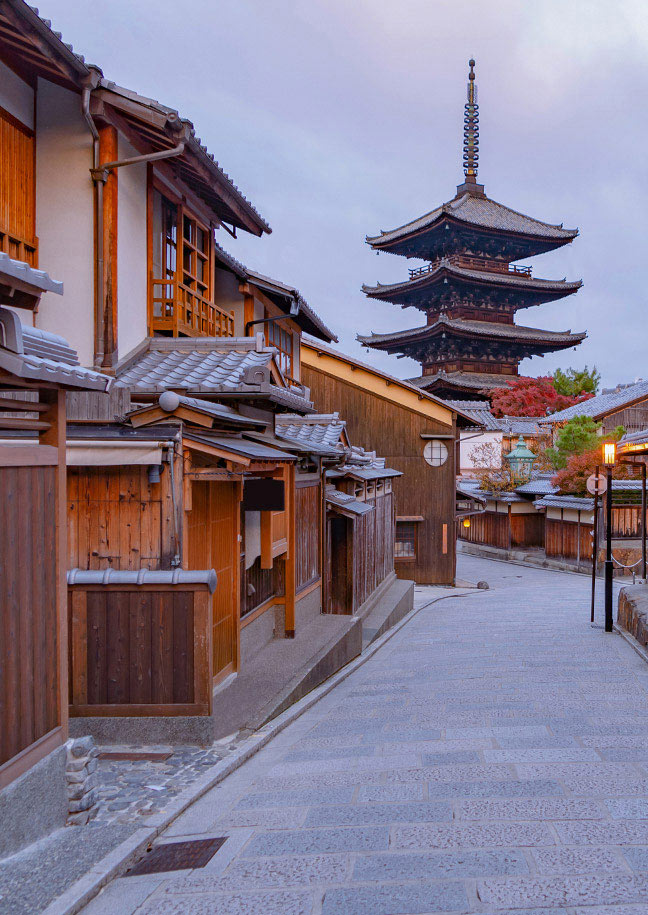
Restoration &
Redevelopment
Mostly spared from bombing during World War II, Kyoto was the only major Japanese city that was left intact by the conflict, leaving it with many machiya from before the war. But in the 1950s and 1960s Kyoto began in earnest to dismantle its traditional cityscape in pursuit of more modern living, and many machiya were torn down, a trend that unfortunately has been continuing until today.
Luckily, the last 20 to 30 years have also seen a counter-trend. Downtown Kyoto’s population has been growing. That is mainly due to an increase in high-rise apartment buildings, and the convenience of living within walking distance of restaurants, subways and trains. But there has been an accompanying reappraisal of machiya too.
Several groups have popped up with the purpose of “saving Kyoto,” or more explicitly “saving machiya”. Historic preservation is slowly gaining the upper hand, in particular with the recent re-appreciation of Kyoto as a world-class tourist destination. In addition to municipal efforts, a group of local carpenters and architects, plasterers and thatchers formed a group to pass on traditional machiya building and design techniques. In 2010 and 2012, the World Monuments Fund deemed Kyoto’s remaining machiya at risk and established the Kyomachiya Revitalization Project to restore and preserve the city’s historic cityscape. Nevertheless, between 2008 and 2016 alone another 6,000 machiya were demolished, according to a Kyoto city survey, and this trend continues. One recent estimate puts the current number of surviving machiya in Kyoto downtown to less than 10,000.
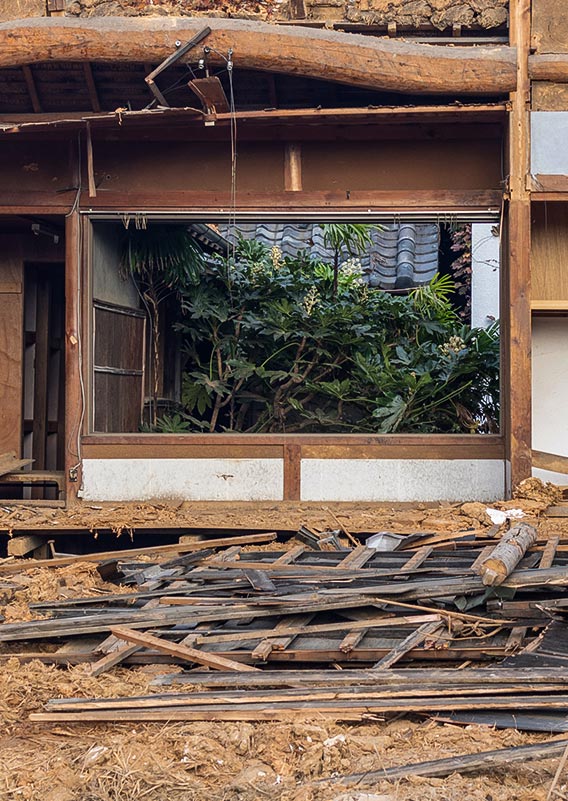
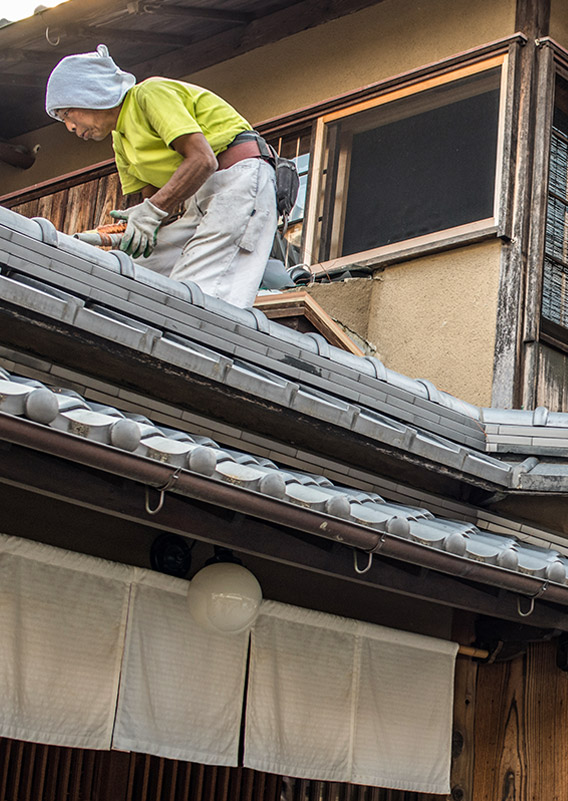
Staying in a Machiya
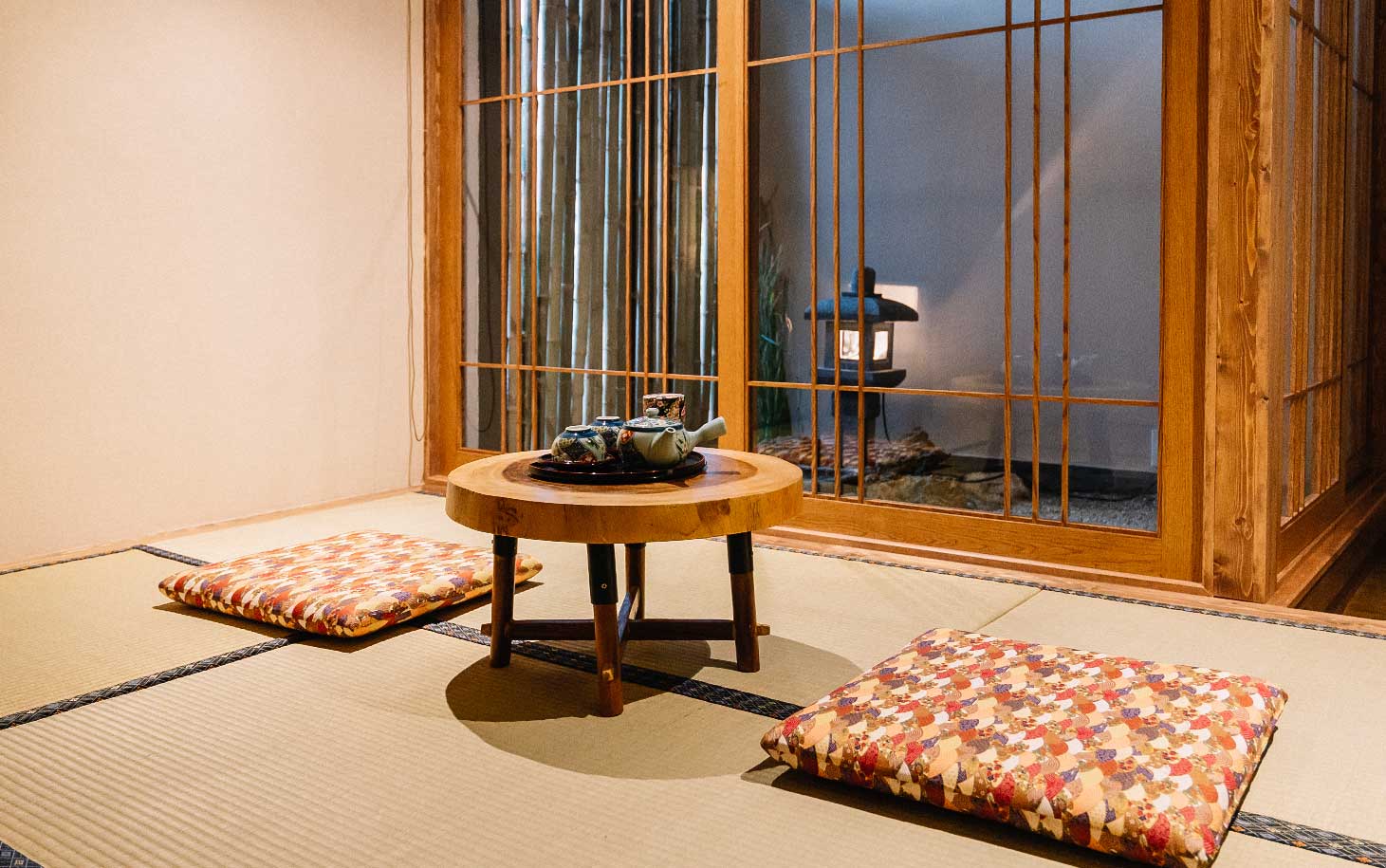
Many Kyoto residents still live in those remaining machiya, but some of the finest have been transformed into restaurants, shops and most importantly hotels. Machiya-style accommodation has become hugely popular among Japanese and foreign visitors alike.
Staying in a machiya is like staying in a very Japanese vacation rental. Like other vacation rentals, you essentially have the whole house (or, in some cases, half a house) to yourself. Most of the machiya available as guesthouses have laundry facilities and offer wifi. Some also have kitchens, cookware and tableware. The more luxurious ones even have undergone massive renovation and come with floor heating, modern bathing facilities and other amenities, which help to offer a convenient, high-end stay while still allowing guests to enjoy the unique experience of staying in a traditional machiya.




